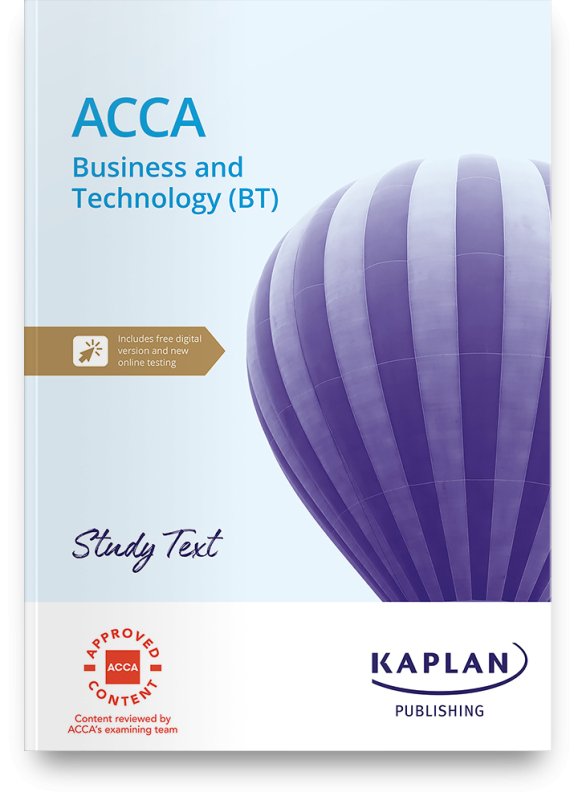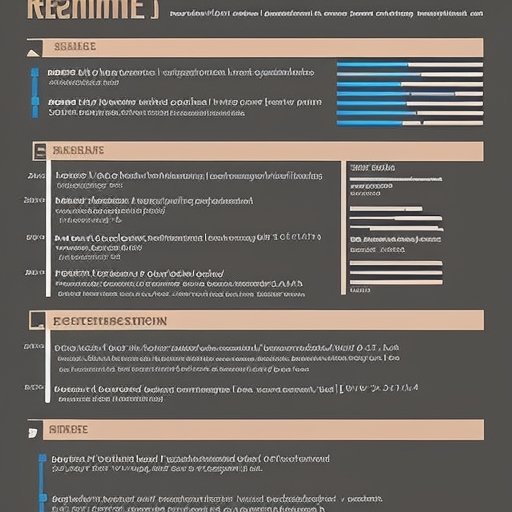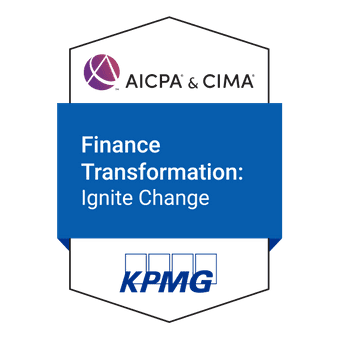Does IFRS allow completed contract method. IFRS 15 comparison with USGAAP
Does IFRS allow completed contract method
IFRS 15, Revenue from Contracts with Customers, is a new accounting standard issued by the International Accounting Standards Board (IASB) in May 2014. The standard recognizes revenue from contracts with customers and replaces the previous revenue recognition guidance.
One of the fundamental changes under IFRS 15 is the treatment of long-term contracts. Previously, companies could use the completed contract method, which only recognized revenue once the contract was concluded and all deliverables had been delivered.
However, under IFRS 15, the completed contract method is no longer allowed; companies must use the percentage of completion method.
The completed-contract method should not be confused with the percentage of completion method. Under the completed contract method, revenue is only recognized once a contract is completed and all deliverables have been delivered. This accounting can often lead to large fluctuations in reported revenue, as contracts can take months or even years to complete.
In contrast, the percentage of completion (POC" method allows revenue to be recognized more continuously as work is completed on a contract. The POC method will provide a more accurate picture of a company's revenue, as it is not as reliant on large, one-time contracts.
Completed contract method under USGAAP
US GAAP literature for revenue recognition for construction and production-type contracts contain much more guidance than IFRS. Separation and combination of contracts are different in some instances. The language in US GAAP for construction and production-type contracts are written in terms of options rather than prescription. However, in practice, the guidance is treated as mandatory. If certain criteria are met, the percentage-of-completion method is used in US GAAP. If not, the completed contract method is used.
According to US GAAP, the completed contract method is an acceptable accounting method for recognizing revenue on long-term construction contracts. Companies can use this method to account for revenue on construction projects that span multiple fiscal years.
The completed-contract method allows companies to defer revenue recognition until a project is complete. Companies can recognize revenue on their income statements only after a project is finished and all billings have been collected.
The main benefit of the completed contract method is that it allows companies to smooth out their income statements. This is because revenue recognition is deferred until a project is complete, which means that revenue can be recognized in subsequent fiscal years.
There are a few potential drawbacks to the completed contract method.
1) First, it can be challenging to estimate the completion date of a construction project.
2) Companies may need to revise their estimates, which can impact their bottom line, and;
3) The completed contract method can result in large swings in revenue recognition because all revenue from a project is recognized the year it is completed.
Why does accounting matter?
Timing of revenues matters due to tax payments, dividends, financial ratios, etc. Companies may use the methods to delay profits and therefore pay taxes.
Summary:
Overall, the completed contract method is no longer allowed under IFRS 15 but was previously permitted. The new revenue recognition standard has replaced it with the percentage of completion method, allowing for more accurate and continuous revenue recognition.
If you are looking for a global certification on IFRS or USGAAP that will open doors for your career, look no further than the ACCA Diploma in IFRS or AICPA certifications. Speak to an Eduyush c today to learn more about how you can get started on the path to becoming certified under IFRS or USGAAP. With our help, you will be able to choose the certification that is right for you and make the most of your education.
From the blog
View allOther popular blogs
Follow these links to help you prepare for the ACCA exams
Follow these blogs to stay updated on IFRS
Use these formats for day to day operations
- Account closure format
- Insurance claim letter format
- Transfer certification application format
- Resignation acceptance letter format
- School leaving certificate format
- Letter of experience insurance
- Insurance cancellation letter format
- format for Thank you email after an interview
- application for teaching job
- ACCA PER examples
- Leave application for office
- Marketing manager cover letter
- Nursing job cover letter
- Leave letter to class teacher
- leave letter in hindi for fever
- Leave letter for stomach pain
- Leave application in hindi
- Relieving letter format
Link for blogs for various interview questions with answers
- Strategic interview questions
- Accounts payable interview questions
- IFRS interview questions
- CA Articleship interview questions
- AML and KYC interview questions
- Accounts receivable interview questions
- GST interview questions
- ESG Interview questions
- IFRS 17 interview questions
- Concentric Advisors interview questions
- Questions to ask at the end of an interview
- Business Analyst interview questions
- Interview outfits for women
- Why should we hire you question
Popular blogs
Leave application format
Crafting the perfect leave application for any scenario, from personal emergencies to medical leaves, often presents a challenge. To simplify this task, we've assembled an extensive index of leave application formats designed for various circumstances. Our collection is aimed at enhancing the clarity and professionalism of your leave requests. Dive into our index to discover the template that aligns with your specific needs, facilitating a smoother leave application journey.
List of Leave application formats
- Leave application for office
- Leave application for school
- Leave application for sick leave
- Leave application for marriage
- leave application for personal reasons
- Maternity leave application
- Leave application for sister marriage
- Casual leave application
- Leave application for 2 days
- Leave application for urgent work
- Application for sick leave to school
- One day leave application
- Half day leave application
- Leave application for fever
- Privilege leave
- Leave letter to school due to stomach pain
- How to write leave letter











Leave a comment